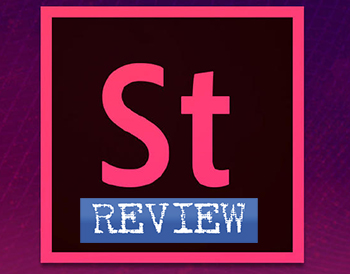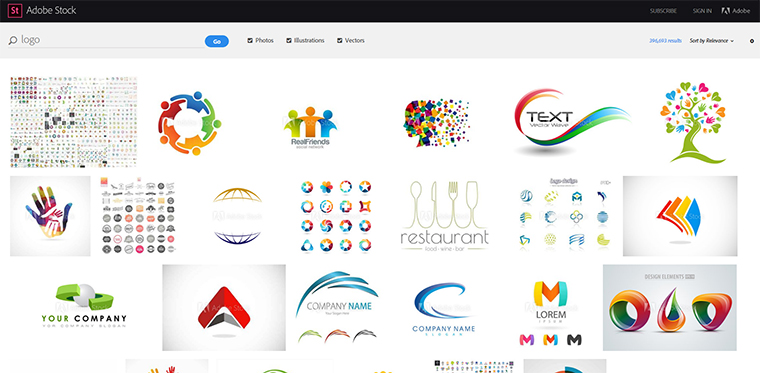 Imagine how much time and money one needs to have the skills to become a successful video creator. Do you really want to take that away from your fellow creative? Cheap stock video footage, unlike conducting your own shoot, is much cheaper. It does not require much of your time either. You can just easily purchase and download it from your preferred stock media site. It is the best way for you to complete your video production without breaking the bank and stepping on another’s toes.
Imagine how much time and money one needs to have the skills to become a successful video creator. Do you really want to take that away from your fellow creative? Cheap stock video footage, unlike conducting your own shoot, is much cheaper. It does not require much of your time either. You can just easily purchase and download it from your preferred stock media site. It is the best way for you to complete your video production without breaking the bank and stepping on another’s toes.
Cheap stock video footage represents a growing business opportunity of independent film makers. It is a cheaper and time-efficient alternative of content acquisition. You can use it in your production without shooting the elements yourself. You just have to spend the extra time into putting the pieces together, like Lego bricks. With just a few clicks, you can purchase and download video clips at no more than a couple hundred dollars for the highest resolution.
When it comes to stock content, copyright has always been a main concern. We are not against free videos in the Internet, but they usually do not come with the necessary license and release to save you when the copyright police come chasing your back. In addition, as an artist yourself, you want to get paid fairly for your work, right? The same applies with other creative professionals. They, too, deserve whatever they will get from spending time and money creating awesome footages.
Clients look for different things in the market, and cheap stock video footage presents a general idea that allows you to use them in multiple projects. Whether you are making a commercial about umbrellas or a video presentation of office work, you can just easily blend in a footage of a sunny or rainy day. There are multiple other projects you can use them with, as long as you know how to fit them into your project without looking unnatural. After all, you have adequate time for post-production.
Cheap stock video footage provides perfect balance between artistically good and financially successful projects. It is available in various resolutions from web to 4K, so you can easily find the perfect quality associated with your other videos. Moreover, it is available in various prices, depending on the resolution of the footage and the license that comes with them. Royalty-free comes allows you to use the footage multiple times.
Even if you do not have the skills and resources to produce your own video, you can still complete your project by using cheap stock video footage. You can fit different videos together to tell your story and convey a strong message without spending too much of your time and money.



 Adobe’s new library is unique among stock photo agencies. You see, most of Adobe’s customers fall into the realm of creative professionals. Many marketers may know Photoshop, but not quite like graphic designers. In fact, marketing agencies often hire graphic designers to help them with their advertising campaigns. Who better to know the ins and outs of Photoshop with a passion than a graphic designer?
Adobe’s new library is unique among stock photo agencies. You see, most of Adobe’s customers fall into the realm of creative professionals. Many marketers may know Photoshop, but not quite like graphic designers. In fact, marketing agencies often hire graphic designers to help them with their advertising campaigns. Who better to know the ins and outs of Photoshop with a passion than a graphic designer?
